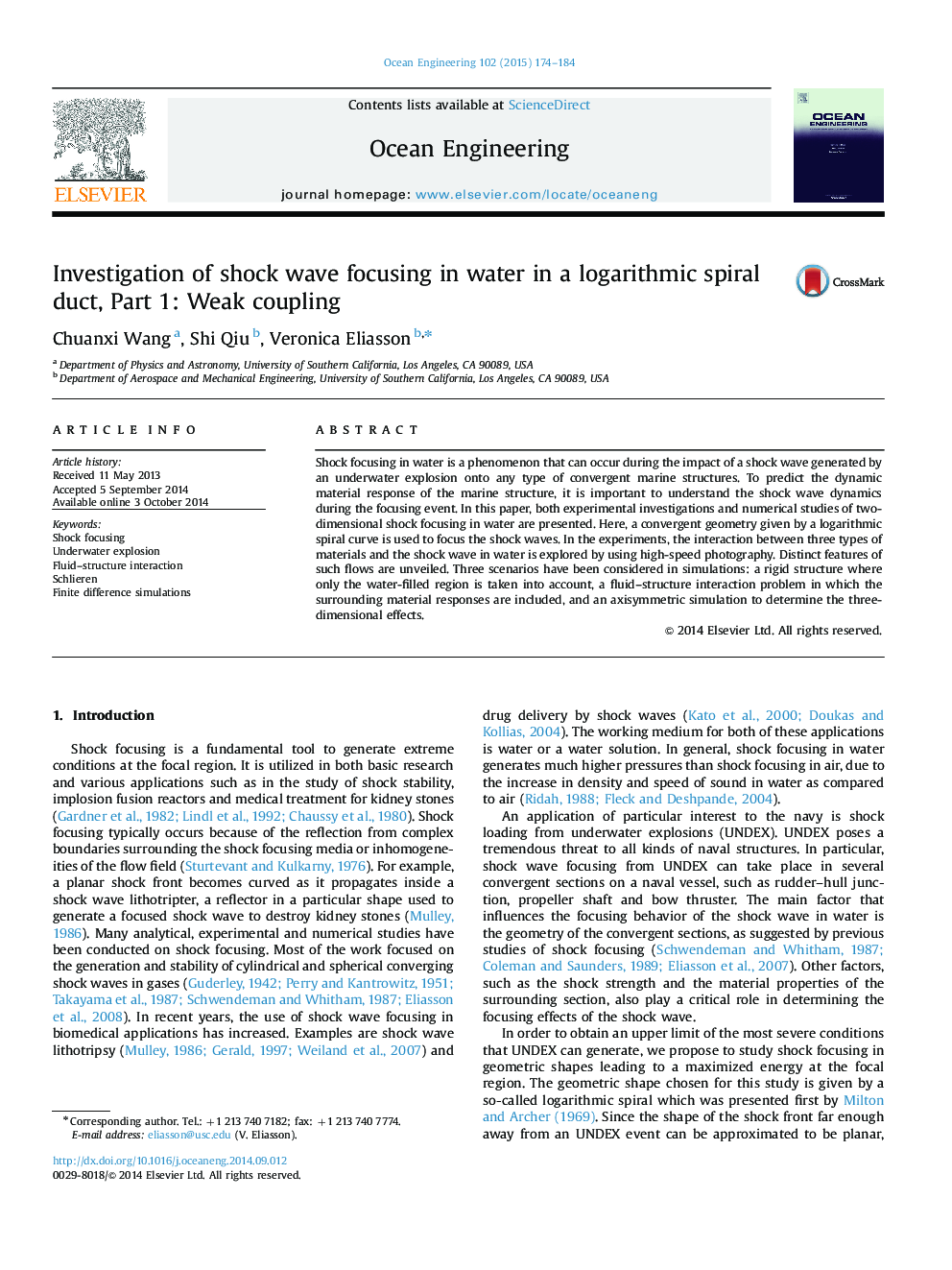| Article ID | Journal | Published Year | Pages | File Type |
|---|---|---|---|---|
| 6428269 | Earth and Planetary Science Letters | 2015 | 11 Pages |
Abstract
We investigate the radiocarbon ventilation age in deep equatorial Pacific sediment cores using the difference in conventional 14C age between coexisting benthic and planktonic foraminifera, and integrate those results with similar data from around the North Pacific Ocean in a reconstruction for the last glaciation (15 to 25 conventional 14C ka). Most new data from both the Equatorial Pacific and the Emperor Seamounts in the northwestern Pacific come from maxima in abundance of benthic taxa because this strategy reduces the effect of bioturbation. Although there remains considerable scatter in the ventilation age estimates, on average, ventilation ages in the Equatorial Pacific were significantly greater below 3.2 km (â¼3080±1125 yrs, n=15) than in the depth interval 1.9 to 3.0 km (â¼1610±250 yrs, n=12). When compared to the average modern seawater ÎC14 profile for the North Pacific, the Equatorial Pacific glacial data suggest an abyssal front located somewhere between 3.0 and 3.2 km modern water depth. Above that depth, the data may indicate slightly better ventilation than today, and below that depth, glacial Equatorial Pacific data appear to be as old as last glacial maximum (LGM) deep water ages reported for the deep southern Atlantic. This suggests that a glacial reservoir of aged waters extended throughout the circumpolar Southern Ocean and into the Equatorial Pacific. Renewed ventilation of such a large volume of aged (and, by corollary, carbon-rich) water would help to account for the rise in atmospheric pCO2 and the fall in ÎC14 as the glaciation drew to a close.
Related Topics
Physical Sciences and Engineering
Earth and Planetary Sciences
Earth and Planetary Sciences (General)
Authors
L.D. Keigwin, S.J. Lehman,
